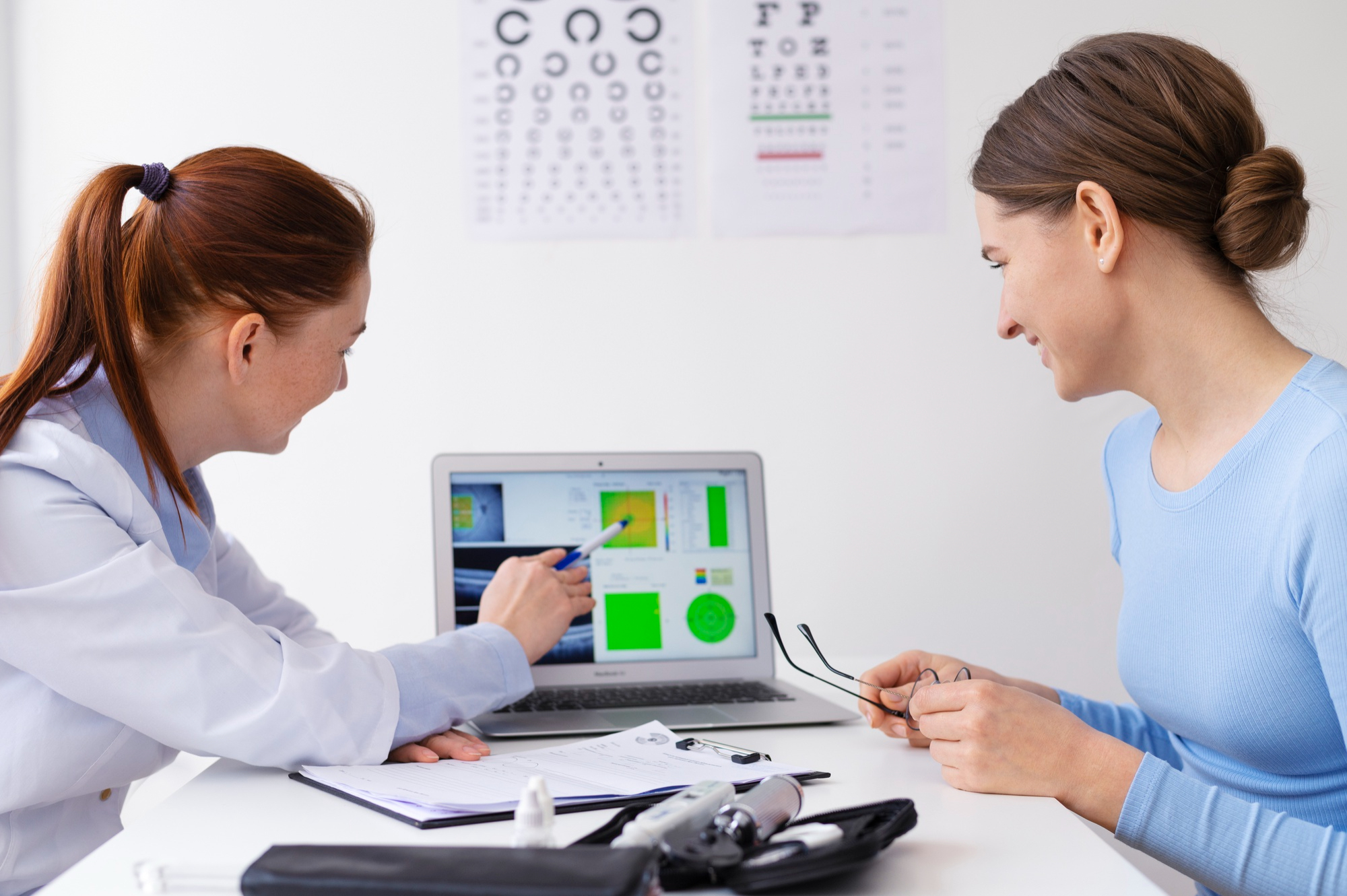
Dry eye disease diagnosis and patient education are critical pillars in building a successful dry eye treatment program. Many practices struggle with consistently diagnosing dry eye due to its multifactorial nature and sometimes subtle symptoms. Alongside accurate diagnosis, educating patients about their condition and treatment options greatly improves treatment adherence and outcomes.
In this article, we explore expert insights into standardized dry eye diagnostics, the importance of consistent testing, and practical strategies for educating patients effectively in your practice.
The Importance of Standardized Dry Eye Diagnostics
Dry eye disease is complex, involving tear film instability, inflammation, and gland dysfunction. Without objective and consistent diagnostics, effective treatment is difficult to plan and monitor.
-
Meibography: Imaging the meibomian glands is essential for visualizing gland loss and dropout. While high-end devices are available, even lower-cost or used machines provide valuable data that surpasses relying on symptoms alone. Consistent meibography as part of pretesting ensures early detection and ongoing tracking.
-
Tear Breakup Time and Inflammation Testing: Non-invasive tear breakup time (NITBUT) and inflammatory markers like InflammaDry can complement gland imaging to build a comprehensive picture. These tests save exam room time and provide objective measures to justify treatments.
-
DEMDEX Screening: Screening for Demodex mites may identify underlying causes of blepharitis contributing to dry eye, guiding adjunctive treatments.
Experts advise practices to integrate these tests into their pretesting workflow to increase diagnostic accuracy, reduce chair time, and improve patient confidence in your treatment recommendations.
Educating Patients to Build Engagement and Compliance
Dry eye disease is chronic and often requires a series of treatments and lifestyle changes. Patient understanding and buy-in are essential for successful outcomes.
-
Begin education during the comprehensive exam by discussing the role of gland health, tear film, and inflammation alongside traditional prescription and ocular health discussions.
-
Use meibography images and test results to visually demonstrate the condition, making it tangible for patients.
-
Explain treatment plans clearly, including how multiple treatment modalities work together over several visits.
-
Set realistic expectations about symptom improvement timelines and the need for ongoing care.
Practices that invest time in patient education report better treatment adherence, higher satisfaction, and increased conversion rates for dry eye therapies.
Workflow Tip: Automate Communication to Support Education
Patient education extends beyond the exam room. Automating appointment reminders, educational video distribution, and follow-up messages can enhance understanding and compliance.
-
Platforms like Hoot allow easy deployment of customized patient education videos that explain dry eye disease and treatments in accessible language.
-
Automated follow-ups reinforce key points and remind patients of upcoming treatments, reducing no-shows and cancellations.
This continuous education process helps keep patients engaged and motivated throughout their treatment journey.
Practical Advice: Start Simple and Build
While comprehensive testing is ideal, experts emphasize starting with what is feasible in your practice. Even basic meibography and tear breakup time testing, combined with strong patient education, can transform your dry eye program.
Over time, integrate additional diagnostic tools and treatment options as your team and workflow mature.
Conclusion
Effective dry eye care starts with consistent, objective diagnostics and patient education. Together, they create a foundation that supports personalized treatment, patient satisfaction, and practice growth.
Implementing these strategies will help you diagnose earlier, treat smarter, and keep your patients committed to their care.
Take the Next Step
Explore how Hoot can streamline your dry eye diagnostics and education process with automated patient communication and workflow tools. Visit gethoot.com/dry-eyes to learn more and schedule a demo.
